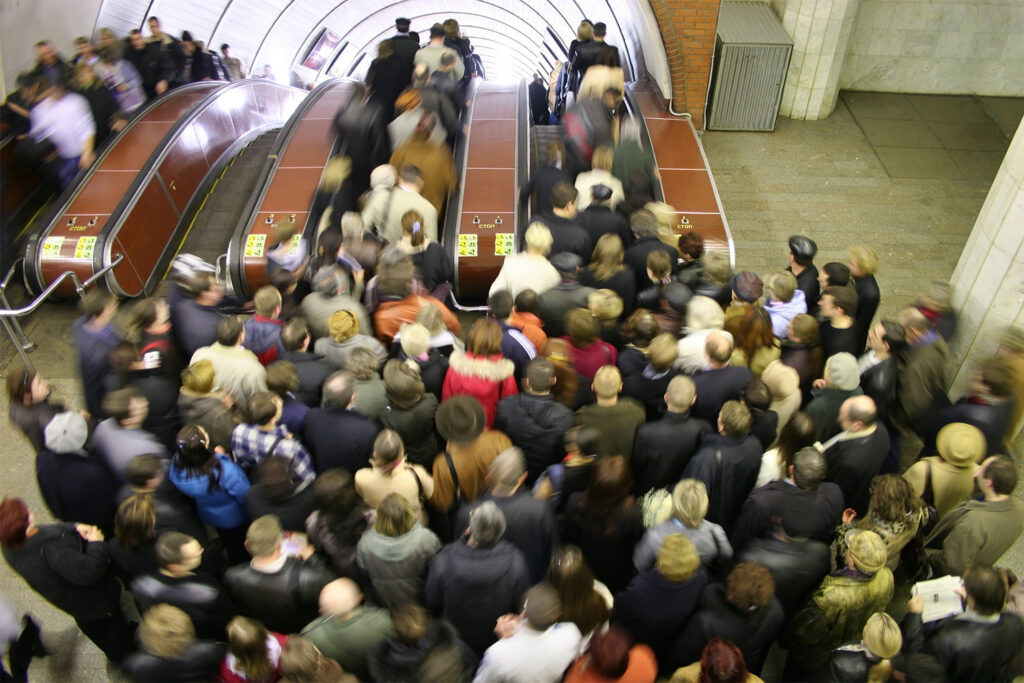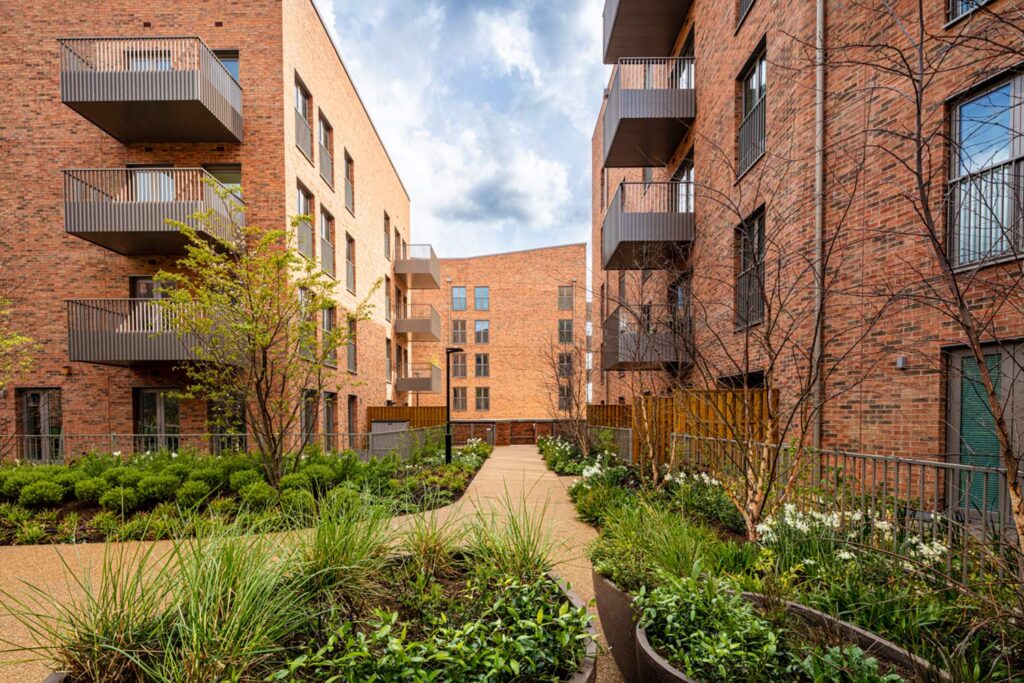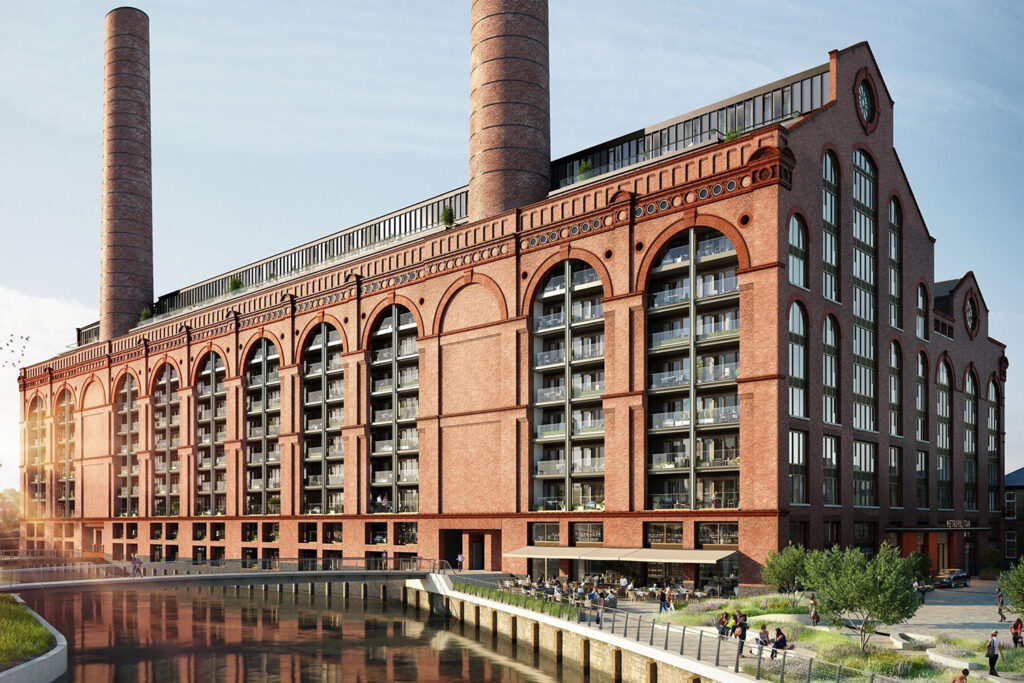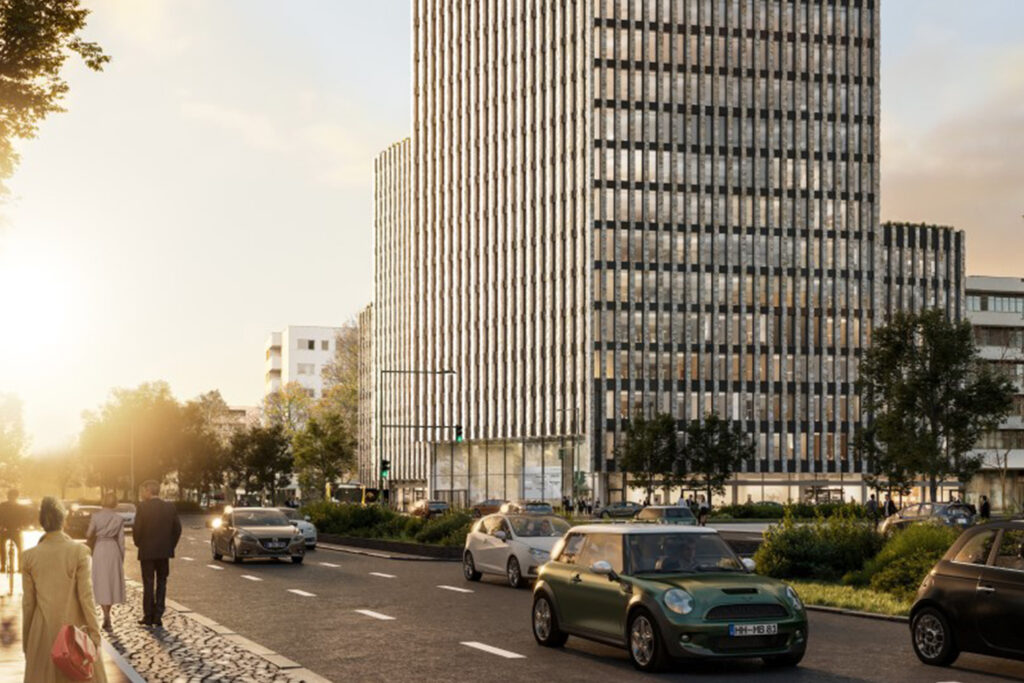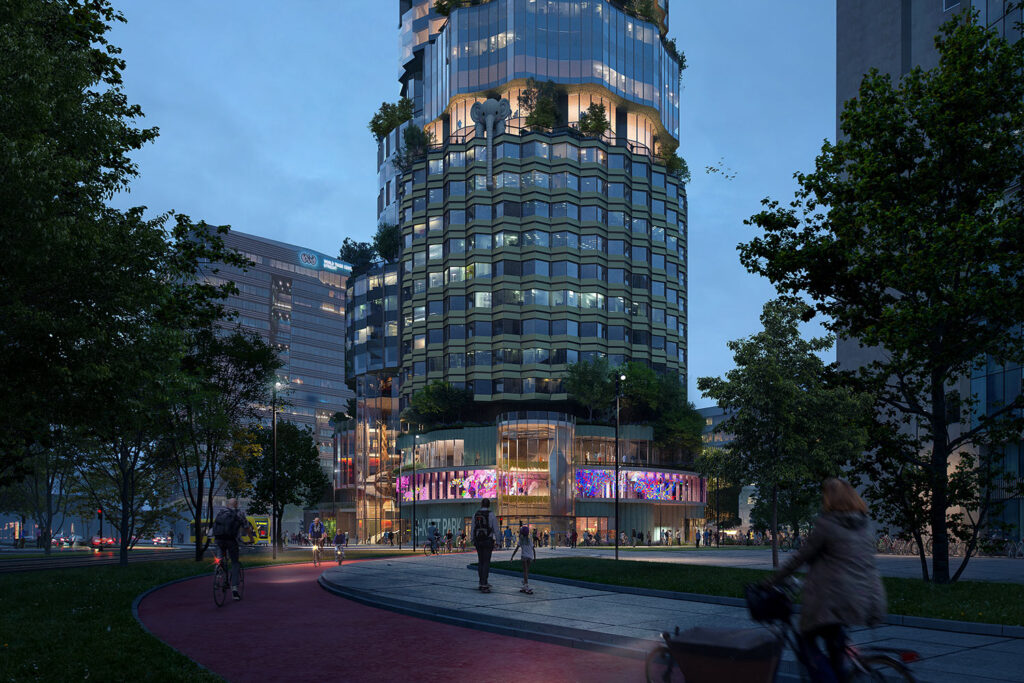2019 Collective Impact Series #2
Our Collective Impact speaker series began two years ago, born out of an idea to bring people together who care deeply about sustainability and want to work together to help create more sustainable and equitable communities in Los Angeles and beyond.
Our second Collective Impact event of 2019 brought together sustainability professionals working out how best to spread and replicate sustainable initiatives and outcomes by creating community buy in and clear communication strategies.
The thread through these 12 presentations was communication – how to encourage environmental stewardship, whether through early K-12 education programs, teaching landscape care to mitigate fires, or by creating communication strategies targeting low income apartment and business owners so they can scale up sustainable, yet affordable practices.
Our first presenter was Christos Chrysiliou, Director of Architecture and Engineering Services for the Los Angeles Unified School District (LAUSD). With over 665,000 students it’s the second largest school district in the nation, right behind the New York Department of Education. His work focuses on creating environmental stewards by rounding out the school district’s core educational mission and identifying opportunities for education, training, and community engagement. Communicating and raising awareness around environmental and sustainability impacts and solutions can have an enormous effect on our communities by influencing such a large population – not just students but their families as well. Incorporating pathways into the study of architecture and engineering, LAUSD is working to use the classrooms and buildings on campuses to teach students sustainable building practices – a win win as it not only connects students to sustainability practices but creates sustainable schools as well.
Matthew Justin Trotter, Board Member and Young Professional at SoCalNOMA and a Designer at Cuningham Group, passionately discussed the importance of equity, diversity, and inclusion in the architectural practice. African Americans still only represent 2% of license holders in the AEC design industry. He argues that this homogenous practice is not sustainable in nature. Young students are deterred from pursuing careers in the AEC industry due to a lack of resources – no books, no funding for exams, no mentors. His organization seeks to connect underserved students with the materials they need to encourage the study and ultimately careers in architecture and related industries, to “create a fertile soil so that we can plant a seed to promote growth of the architect so the future represents not just anyone of us but all of us.”
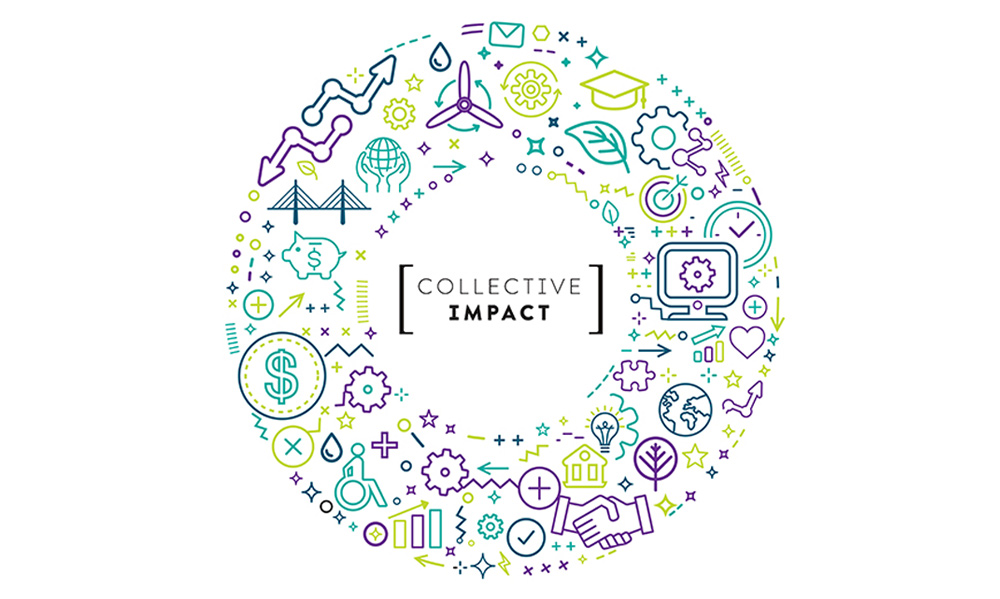
Andrea Ostenso, an Associate at Global Green, and Greg Kochanowski, Studio Director of Rios Clementi Hale Studios, both discussed the very relevant topic of fire prevention strategies through rebuilding practices and landscape awareness. Greg is challenging common fire practice by offering strategies to mitigate fires through land management in native ways – ways that Native Americans used – as opposed to solely looking at fire suppression. Andrea talked about Global Green’s green rebuilding workshops after the Thomas fire to help residents implement fire resilient and sustainable rebuilding strategies to help prevent the fires during the now elongated fire season we’re seeing in California as a result of climate change. Global Green’s goal is to empower victims of fires to become stewards of fire prevention for their communities and beyond.
Chris Rhie, an Associate at Buro Happold, took us through the Community Retrofit project, a project in New York City which sought to ramp up the energy savings for building owners that represent the “missing middle” when it comes to building sustainability programs – owning buildings that are smaller than a large building but bigger than a single family building. These owners, are often operating reactively when it comes to building maintenance and retrofits. However, creating resources for these building owners to not only save energy but save money only works if people are engaged and listening. Messaging is key. The Community Retrofit project team went out and talked with these building owners, learning how they communicate, and then worked with the city government to create an effective communication strategy for energy reduction.
These discussions were personal and passionate. The takeaways were relevant and urgent. The time is now to learn not only how to create sustainable communities, but how to empower others to help grow sustainable practices already taking place.
If you are interested in seeing these or past presentations, please visit USGBC-LA’s YouTube channel. We greatly appreciate all of our partners in pulling together this event: USGBC-LA, LARC, Global Green, AIA|LA, SEAOSC, ULI-LA and City Impact Lab.

